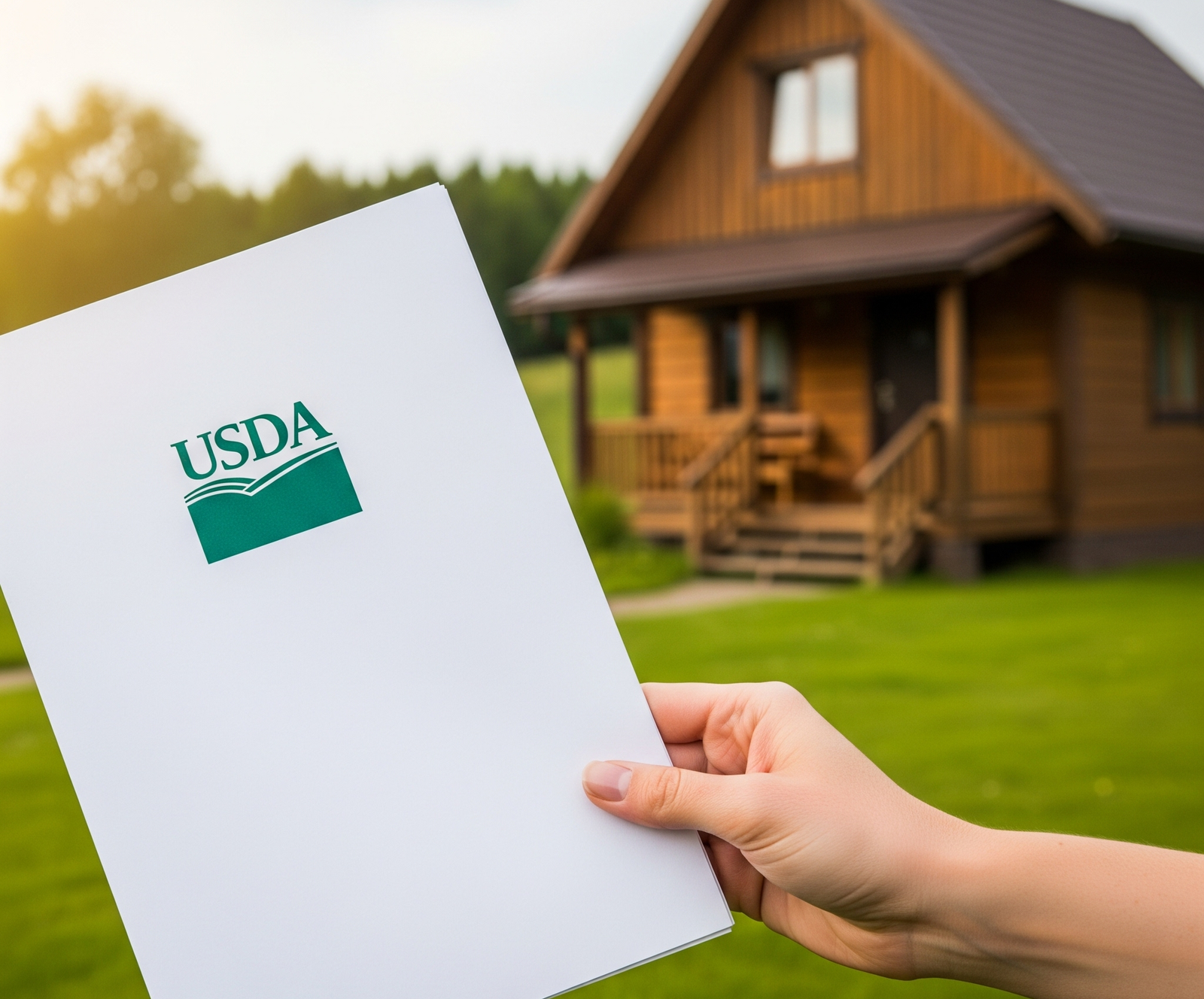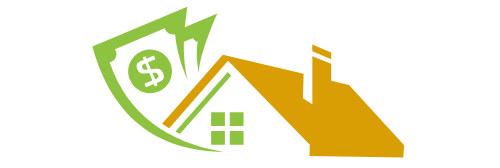Step-by-Step Guide to Getting a USDA loan guide Home

Imagine waking up to the sound of birds, sipping coffee on your porch, looking out at a yard that’s all yours. My friend Sarah felt that when she bought her first home with a USDA loan. But with some help and planning, she did it. If you’re like her—working hard but not earning a fortune—I want to tell you that you can do it too. This USDA loan guide is like a chat between friends, where I’ll explain, in a super simple way, how to get your own home in a rural area, even on a tight budget. Ready to make your dream come true? Let’s get started!
What Is a USDA Home Loan?
A USDA home loan is a special kind of loan from the U.S. government, through the Department of Agriculture (USDA), to help people buy homes in rural or small-town areas. It’s great for those who don’t have a lot of money because, most of the time, you don’t need to pay anything upfront—that means no big pile of cash to start. Plus, the interest rates are lower than other loans, making monthly payments easier to handle.
Here’s the deal: the USDA wants to help people like you live in good, affordable homes in smaller towns or the countryside. They do this to make sure everyone has a chance at a home, not just folks in big cities or with big paychecks.
Why a USDA Loan Might Be Perfect for You
If you want to buy a house in a small town or rural area, a USDA loan can be your best friend. Here’s why:
- No Down Payment: Unlike other loans that ask for 5% or 10% of the house price upfront, USDA loans often let you buy without spending a dime to start.
- Low Interest Rates: This means you pay less overall, and your monthly payments are lighter.
- Flexible Credit: You don’t need perfect credit. If you’ve had some hiccups, you can still qualify.
- Help for Lower Incomes: The USDA focuses on helping people who don’t earn a lot to own a home.
For Sarah, this changed everything. She didn’t have thousands saved, but she still got a little house with a yard for her kids to play in.
Step 1: See If You Qualify
Before you start, you need to know if you can use a USDA loan. Don’t worry, it’s not as hard as it sounds. Here’s what to check:
The Location Has to Be Rural
The house you want must be in a rural or small-town area that the USDA approves. But don’t think “rural” means way out in the middle of nowhere! Many small towns and even suburbs qualify. You can check on the USDA website—just enter the address, and it’ll tell you if it works.
Your Income
The USDA has a limit on how much you can earn, depending on your family size and where you live. For example, a family of four in a rural area might qualify if they earn up to about $90,000 a year. But don’t stress—most people looking for this loan fit the rules. You can see the limits on the USDA website too.
Your Credit
It’s best to have a credit score of at least 640 to make things easier, but if yours is lower, don’t give up. Some banks accept scores as low as 580, especially if you show you pay rent or bills on time.
Step 2: Get Your Money in Order
Once you know you qualify, it’s time to look at your finances. Think of it like packing for a trip—you need to know what you’ve got and where it’s going.
How Much You Make
Write down how much money you bring home each month after taxes. If you work at a store or restaurant, maybe it’s about $2,000 a month. That’s your starting point.
What You Spend
List what you spend each month—rent, groceries, gas, phone bill. If you spend $1,600, you’re left with $400. That could be what you use to pay for your house.
Save a Little
Even though a USDA loan often doesn’t need a down payment, you’ll want some cash for other things, like inspecting the house or moving costs. Try saving $50 a month by skipping takeout or making coffee at home. It adds up!
Step 3: Improve Your Credit (If Needed)
Your credit is like a report card showing if you pay your bills on time. If it’s not great, here’s how to make it better:
- Pay on Time: Set a reminder on your phone for bills like electricity or your phone. Every on-time payment helps.
- Pay Down Debt: If you owe money on a credit card, pay a bit extra each month. Even $10 more than the minimum makes a difference.
- Check for Errors: Get a free credit report at AnnualCreditReport.com and look for mistakes. If something’s wrong, ask the credit company to fix it.
Sarah’s credit was 620, but she found a bank that worked with her anyway. You don’t need perfection—just show you’re trying.
Step 4: Find a Bank That Offers USDA Loans
Not every bank does USDA loans, so you need to find one that does. It’s like finding a mechanic who knows your car model.
- Ask Around: Call banks or credit unions in your area. Say, “Do you offer USDA loans?” They’ll know what you mean.
- Search Online: Look up “banks that offer USDA loans near me” to find options.
- Compare Deals: Don’t go with the first bank. Check a few to get the lowest interest rate.
Sarah found her bank through a friend who’d already bought a house. Asking someone you trust is always a good move.
Step 5: Get Pre-Approved
Pre-approval is like a golden ticket—it tells you how much the bank will lend you for a house. Here’s how it works:
- Gather Your Papers: You’ll need proof of income (like pay stubs), bank statements, and ID. If you don’t have them, ask your boss or bank for copies.
- Talk to the Bank: They’ll look at your info and say something like, “We can lend you up to $150,000,” depending on your income.
- Know Your Limit: This helps you look for houses you can afford.
Pre-approval makes sellers take you seriously.
Step 6: Find Your Dream Home
Now comes the fun part—finding your first home! Rural areas have lots of choices, from cozy cottages to homes with big yards. Here’s how to do it:
- Set a Budget: Your house payment shouldn’t be more than 30% of your income. If you make $2,000 a month, aim for $600 or less.
- Work with a Realtor: A real estate agent knows the area and can show you homes in your price range. The seller pays them, so it’s free for you.
- Consider Fixer-Uppers: Homes that need a little work, like new paint or a fixed fence, are often cheaper. You can make them your own over time.
Sarah found a $120,000 house with a big yard—perfect for her kids and their dog.
Step 7: Apply for the USDA Loan
Once you’ve found a house, it’s time to officially ask for the loan. The bank will guide you, but here’s what to expect:
- Fill Out the Application: You’ll answer questions about your job, income, and the house you want.
- Submit Documents: Send in pay stubs, tax returns, and bank statements. If you’re missing something, just ask the bank what to do.
- Wait for Approval: The bank will check everything and let you know if it’s approved. It might take a few weeks, so be patient.
Step 8: Close the Deal
Closing is the final step, where you sign papers and get the keys to your home. Here’s what to do:
- Get a Home Inspection: Pay someone (about $300-$500) to check the house for issues, like a leaky roof or bad wiring. It’s worth it to avoid surprises.
- Read the Papers: Before signing, make sure you understand everything. If something’s confusing, ask the bank or realtor to explain.
- Pay Closing Costs: These are fees for taxes and paperwork, usually 2% to 5% of the house price. For a $120,000 house, that’s $2,400 to $6,000. Some programs help cover this.
Common Worries and How to Handle Them
Buying a home can feel scary, especially with a tight budget. Here are some concerns and how to deal with them:
- “I Don’t Have Enough Money”: USDA loans often require no down payment, so you don’t need a big savings account. Start saving a little now for other costs.
- “My Credit Isn’t Great”: This loan is more flexible. If your credit is low, keep paying bills on time, and you might still qualify.
- “What If I Can’t Pay?”: Choose a house with affordable payments. If things get tough, some loans let you pause payments for a bit.
Sarah was nervous too, but she took it one step at a time and now loves her home.
Sarah’s Story: From Rent to Homeownership
Sarah’s a single mom earning $28,000 a year. She thought owning a home was impossible. But she saved $1,000 over a year, got a USDA loan with no down payment, and bought a $120,000 house. Now she has a yard for her kids and a place to call her own. If she can do it, so can you!
Conclusion: Your Home Is Waiting
Getting a USDA home loan might seem like a big deal, but it’s just a matter of taking it one step at a time. With this USDA loan guide, you’ve got a clear path to follow. Imagine opening the door to your own home, knowing it’s yours. Start today—check if you qualify, look at your finances, or just dream a little. You’re closer than you think, and I’m cheering you on every step of the way!
Key Points to Know
- USDA loans are for rural homes and often need no down payment.
- Check if you qualify based on location and income.
- Improve your credit by paying bills on time.
- Save a little, even $50 a month, for extra costs.
- Find a bank that offers USDA loans and get pre-approved.
- Look for a home that fits your budget and your dreams.
